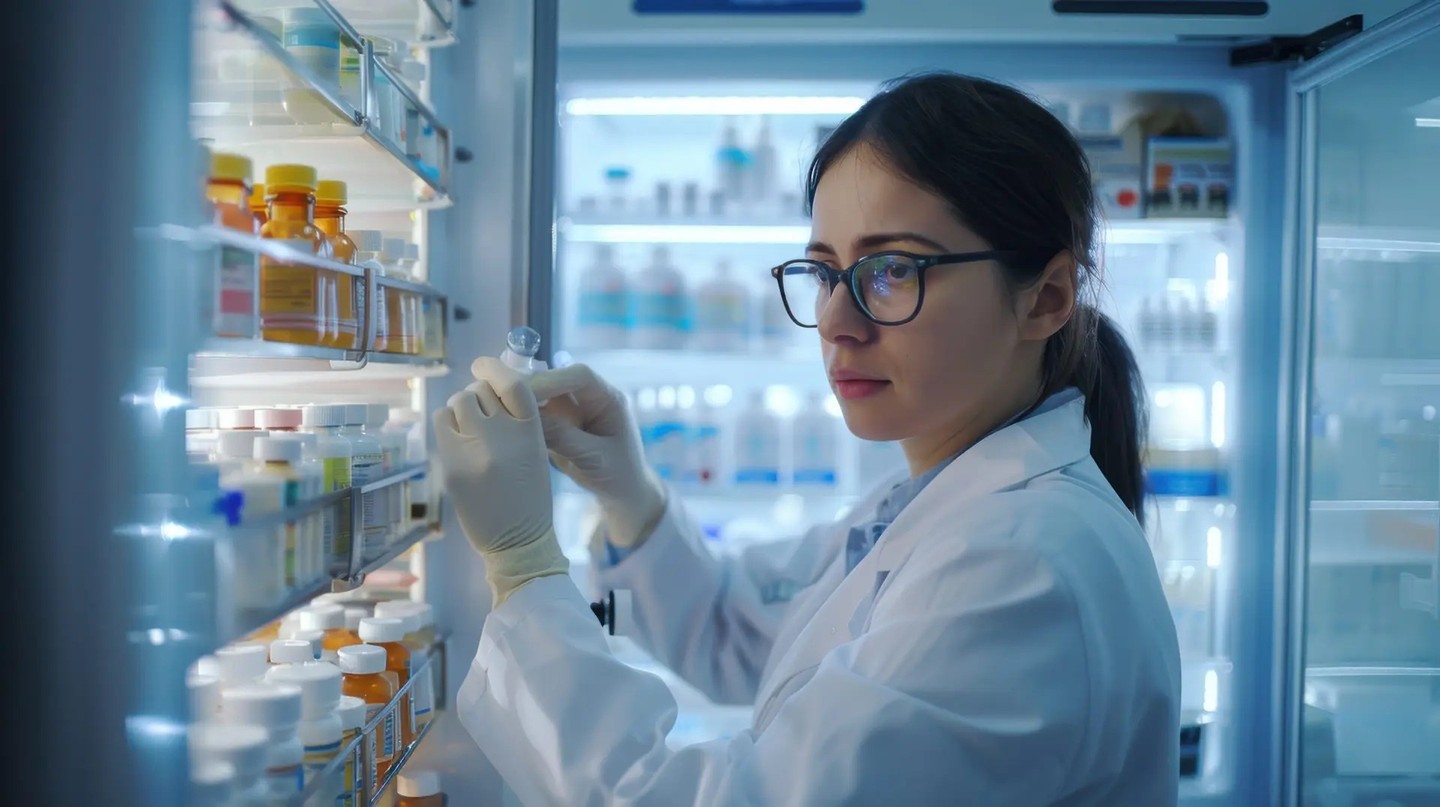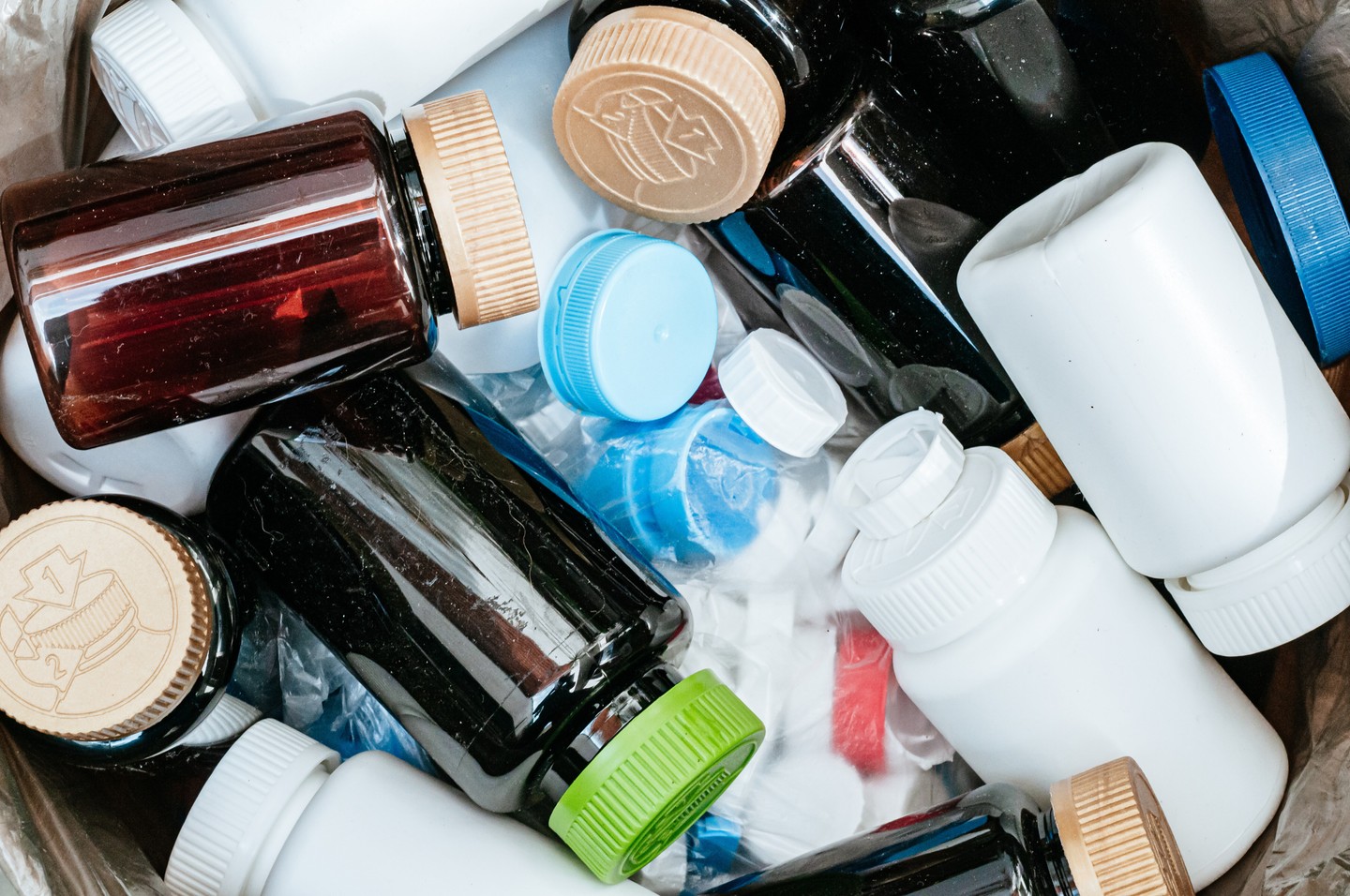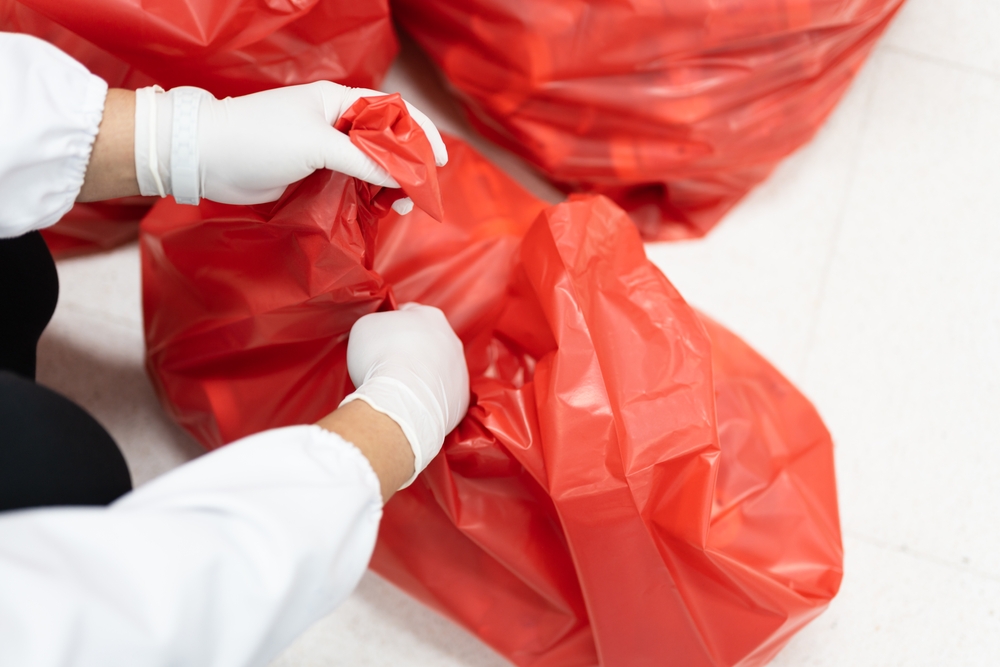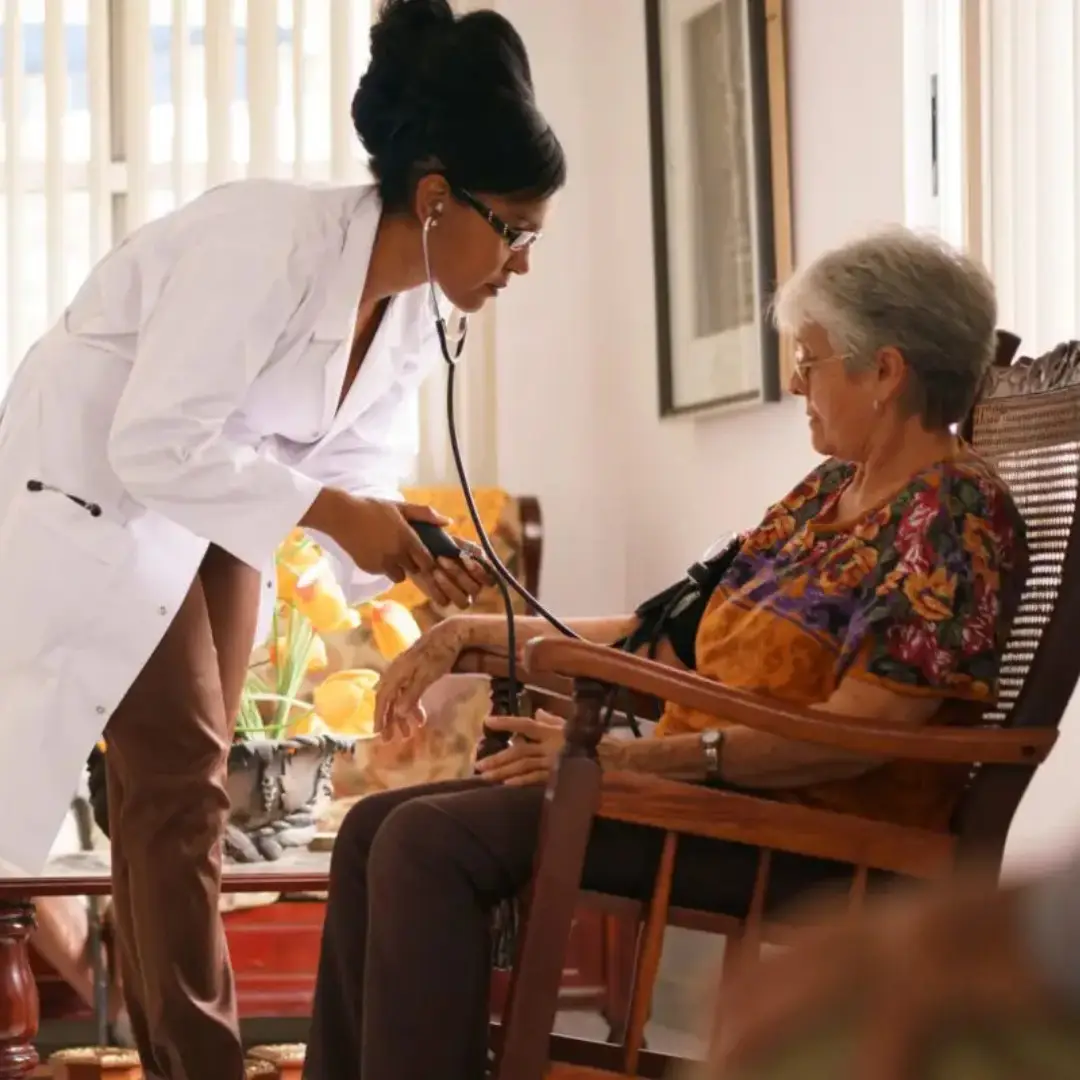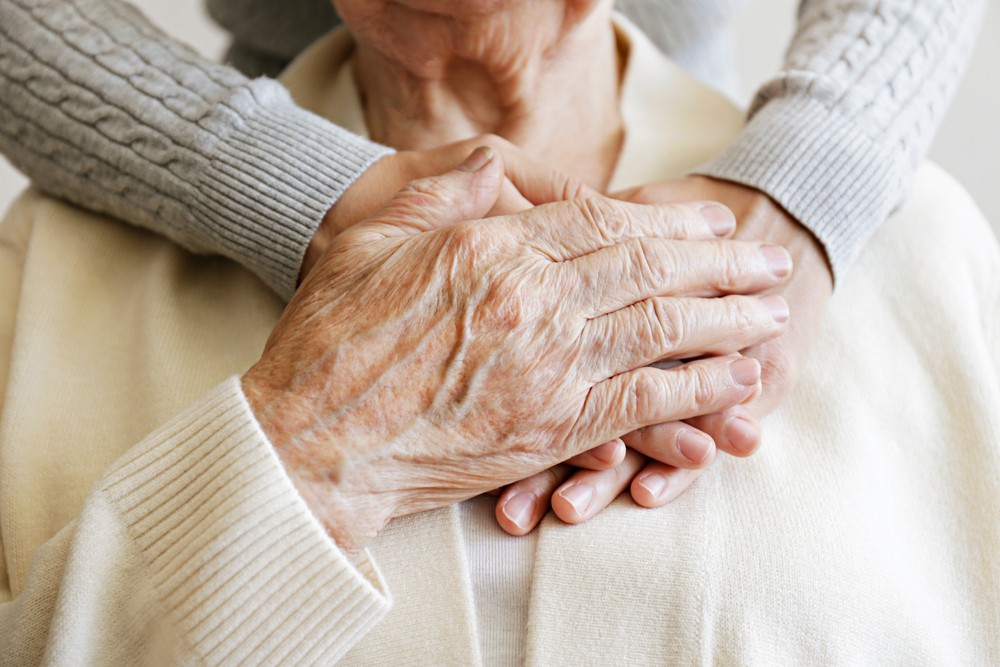The market for medical plastics is expected to be worth nearly $80 billion in 2021 and account for about 2% of the 370,000 tonnes of polymers sold worldwide.
Given the high risk involved with human life, the material choice for healthcare applications is a crucial factor. The introduction of new materials in this industry has been constrained and slowed by extensive research, tests, and trials, strict regulations, and other factors.
Introduction to bioplastics
Another dynamic shift in the plastics sector that has recently demonstrated significant growth through commercial acceptance, investments, manufacturing, and research & development is bioplastics.
According to the European Bioplastics Association, bioplastics made up nearly 1% of the global polymer industry in 2021, and growth is anticipated to reach nearly an astounding 25% until 2026.
Although consumer goods, flexible packaging, and rigid packaging currently account for 60% of bioplastics’ applications, the remaining 40% span a wide range of industries.
Bioplastics in medical industry
Bioplastic is only used in a narrow range of surgical and biodegradable materials with applications in body implants like bones, scaffolds, and breast implants in the medical industry. Their benefits include but are not limited to less invasive repair, improved physiological repair, gradual body dissolution, and biocompatibility.
Currently, bioplastics like polycaprolactone (PCL), polylactic acid (PLA), and polyglycolides (PGL) and their co-polymers have long been used commercially as bio-resorbable polymers for tissue engineering. Evonik, Corbion, DSM, and Ashland are a few well-known businesses with product offerings for these goods.
According to industry estimates, bioplastics make up <3% of the medical polymers used in medical devices and <1% of the market for medical polymers as a whole.
Innovations and drivers for bioplastics in medical applications
3D printing, which is expected to grow by about 24% from 2021-26, is a significant factor in the growth of bioplastics. It enables customisation with speed, accuracy, and quality, which is ideal for producing custom implants using bioplastics as the inks (resins).
An interesting innovation has been brought forward by Dexlavo Inc., a medical aesthetics company in South Korea, which has created the world’s first “Collagenesis-Enabled Solubilised Active” from Polycaprolactone (PCL), a biodegradable polymer. This application is an anti-aging solution that is injected into the skin.
How can bioplastics help with medical waste?
Disposable, single-use plastics like gloves, face masks, hair caps, medical packaging, and other similar products that contribute to rising environmental concerns over healthcare waste without a recycling option represent a potential market for bioplastics in the medical industry. Utilising bioplastics can be advantageous because medical waste is collected and disposed of in an organised manner.
The degradability of bioplastics, however, is the main issue.
Ideally, materials would never degrade under normal environmental conditions. Therefore, a specialised industrial composite that would hasten the degradation caused by elements like temperature and humidity is needed. Additional energy, cost, and time added to the process defy the closed-loop concept.
Another factor is that biofuel, which currently enjoys favourable government support, competes directly with the feedstock used to produce bioplastics.
This problem has solutions, like blending or co-polymerising two bioplastics. To improve biodegradability and technical characteristics while lowering the cost of blends, industrial compostable bioplastics like PLA, Starch, and Cellulose are combined with domestic compostable bioplastics like Bio-PBS, PHA, and PCL.
Medical industry views on using bioplastics
Here are some observations on the factors and difficulties for the introduction of a biopolymer that came from discussions with industry experts to understand the medical biopolymers considered by their users, ranked in decreasing order of selection preference:
1) Quality: The purity of the polymer, which must be >99.5% and designated as a medical grade, is the primary requirement.
2) Biocompatibility: Degradation, compatibility with bodily fluids and substances, and biological safety of the substance
3) Regulations: A new product application must undergo extensive validation and testing in the medical sector due to strict regulatory requirements. Their preference has been constrained by high price, extended development time, uncertainty regarding the outcomes, and regulations for biomaterials.
4) Certifications: Bio-material users expect the material to be certified with a Life Cycle Assessment (LCA), EU material compliance, and Biocompatibility certificate (USP Class VI / ISO 10993) and FDA, among others.
5) Price and availability: Low-impact factors in medical applications, but the recent emergence of PLA for biomedical applications has increased cost-effectiveness and supply stability.
In a Nutshell
Bioplastics are a perfect match for medical plastics applications and have the potential to rise in price, despite the much-discussed fact that they are more expensive than conventional plastics, which have little impact on the medical sector. As medical needs rise in response to an ageing global population, bioresorbable polymers will continue to find new applications. The growth of new applications as the 3D printing and bioplastics industries mature would accelerate the demand.
This content, An Introduction to Bioplastics in Medical Applications, was originally shared by Medical Plastics News on January 13, 2023.





